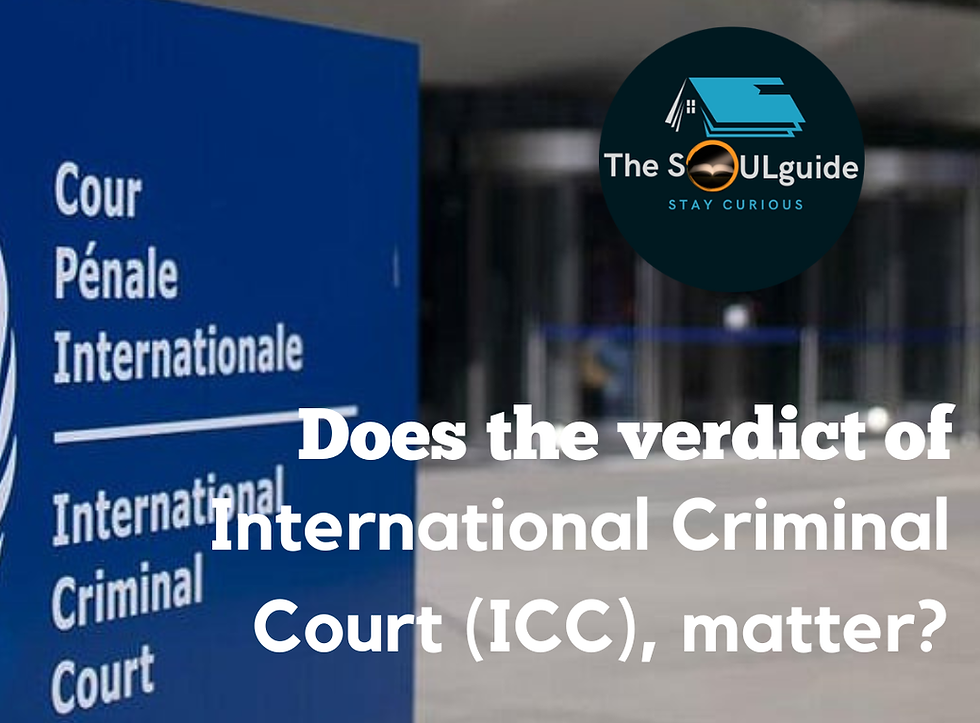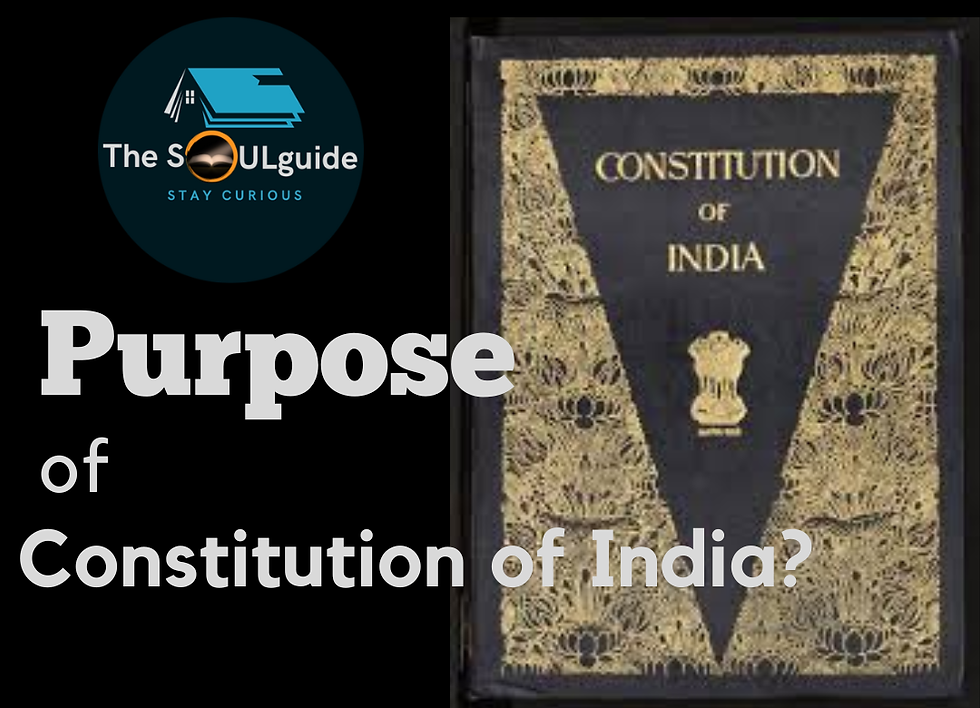How Electronic Voting Machine (EVM) came?
- TheSoulGuide

- May 29, 2022
- 3 min read
Updated: Oct 6, 2022
Those of you have turned 18 years old must have voted in their recent state assembly elections or will be voting in the coming 2024 general elections. Did you wander how the Electronic Voting Machine (EVM's) came? Why we shifted to the EVM style of voting? Different countries use their own way of voting process and not same EVM's as we use in India.
The idea first came in 1977 in India to the Election Commission, it was doing rounds earlier as well too but then the Electronics Corporation of India Ltd. (ECIL), Hyderabad was assigned the task to design and develop it. After lot of considerations a prototype was developed in 1979 which was also shown to the representatives of the then political parties. There was a hesitation but after making a broad consensus , the BEL (Bharat Electronic Ltd, Bangalore) and the ECIL were given the humongous task to manufacture EVMs together.
Image source: https://eci.gov.in
The very first time they were used in Kerala in the general elections of 1982 but as it was new system it was objected by many and then Supreme Court struck that election down but then since it could have saved a lot of time and money so the Parliament amended the RPA 1951 (Representation of the Peoples Act) to use the EVM's for the elections.
RPA Act 1951 is particularly for the MP's and MLA's and their elections. As it is for the Parliament to create any law concerning the electoral system to which this law was enacted by then Prime Minister Shri Jawaharlal Nehru.
So successfully the EVM's were first used only in 1998 after broad consensus and in 25 legislative assembly constituencies spread across Rajasthan, MP and Delhi. Then they were also used in 1999 to 45 Parliamentary constituencies and also in Haryana elections of 2000. Then the idea widespread and first time for all 543 seats in 2004 general elections to the Lok Sabha they were used.
Those of you have not voted yet, let me tell you it has two units, Control Unit and Balloting Unit with a cable connected to each other. List of candidates can be maximum of 16 on the ballot paper (Earlier). Subsequently the number of candidates that can be accommodated also increased to 64.
It was quite good of the election commission to introduce the changes on time so we can now improve on the system rather then thinking of completely replacing them. Also we introduced VVPAT (Voter verifiable paper audit trail) later after some parties expressed concern about how to confirm whether the EVM's are not hacked so the VVPAT are the paper slips which are kept under security even after the election results are announced and the political parties can re check when they want.

There has been many speculations related to it as well in the past with the parties making it an issue of hacking the EVM but the EVM's cannot be hacked as they aren't connected to any network and are offline with inbuilt features. Many questions were raised in the Parliament regarding it but later after due consultations with ECI all the doubts were cleared off.
I hope you're excited to vote now if you haven't till yet. Please do go and vote when ever there are elections to keep our democracy vibrant.
stay tuned for more.





Comments